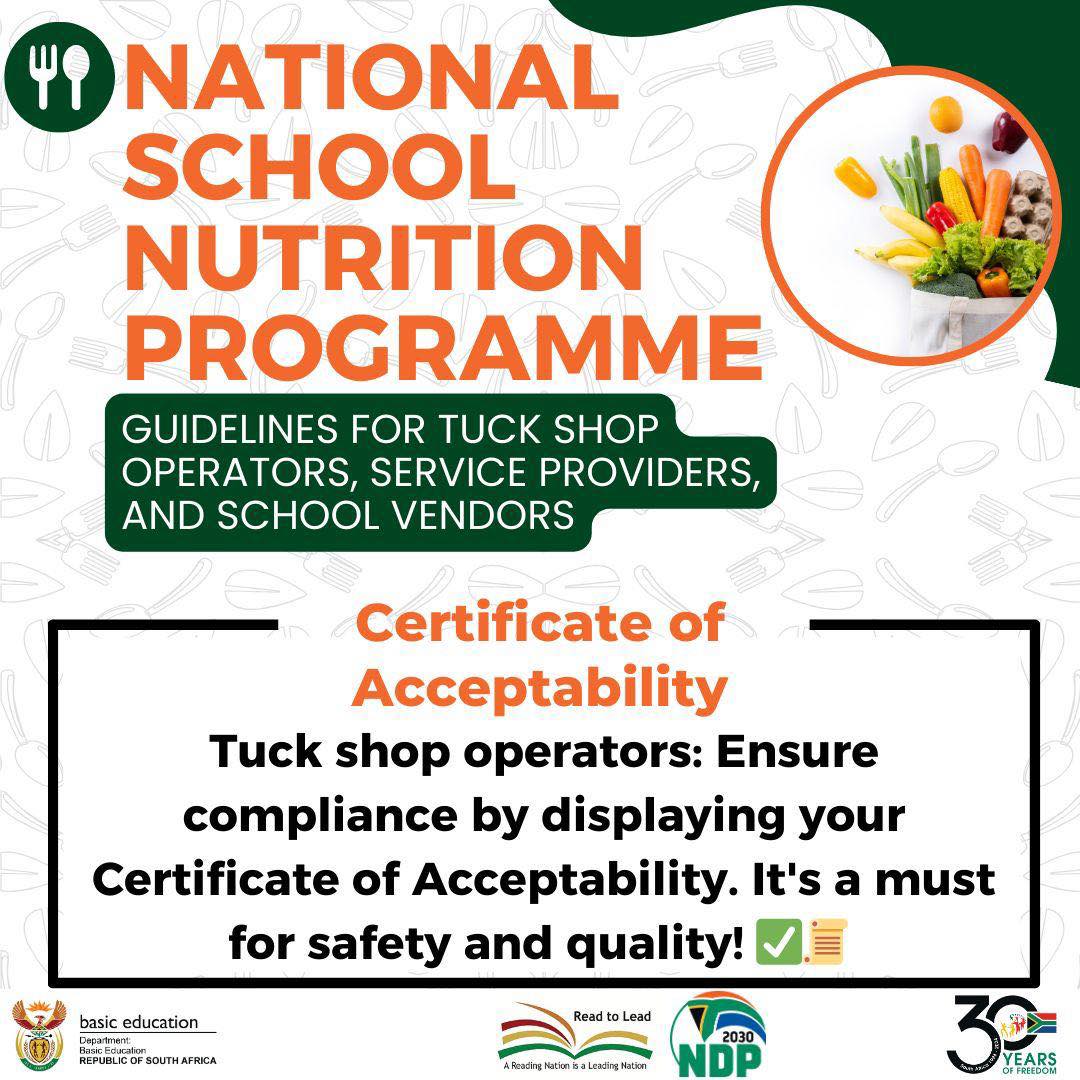Teaching your baby to read is becoming more and more high priority for parents now as it becomes clear that learning to read at a young age offers numerous advantages for the child once he or she begins school.
Studies have consistently found that teaching a baby to read and helping children develop phonemic awareness well before entering school can significantly improve their development in reading and spelling. However, when it comes to teaching babies to read, there are two main teaching methods.
These two main methods of teaching a baby or child to read are the whole language method, and the phonics and phonemic awareness method (the phonetic approach), which should be the preferred teaching method in helping children learn to read. Some prefer the whole language method, while others use the phonics approach, and there are educators that use a mix of different approaches.
With the Look-say approach of whole language learning, a child begins with memorizing sight words and then taught various strategies of figuring out the text from various clues.
The whole language method produces inaccurate and poor readers compared to students of the phonetic approach.
Using the whole word approach, English is being taught as an ideographic language such as Chinese. One of the biggest arguments from whole-language advocates is that teaching a baby to read using phonics breaks up the words into letters and syllables, which have no actual meaning, yet they fail to acknowledge the fact that once the child is able to decode the word, they are able to actually READ that entire word, pronounce it, and understand its meaning.
So, in practicality, it’s a very weak argument. English is an alphabetic system, and unlike Chinese, it is not an ideograph like Chinese characters and should not be taught using an ideographic approach.










